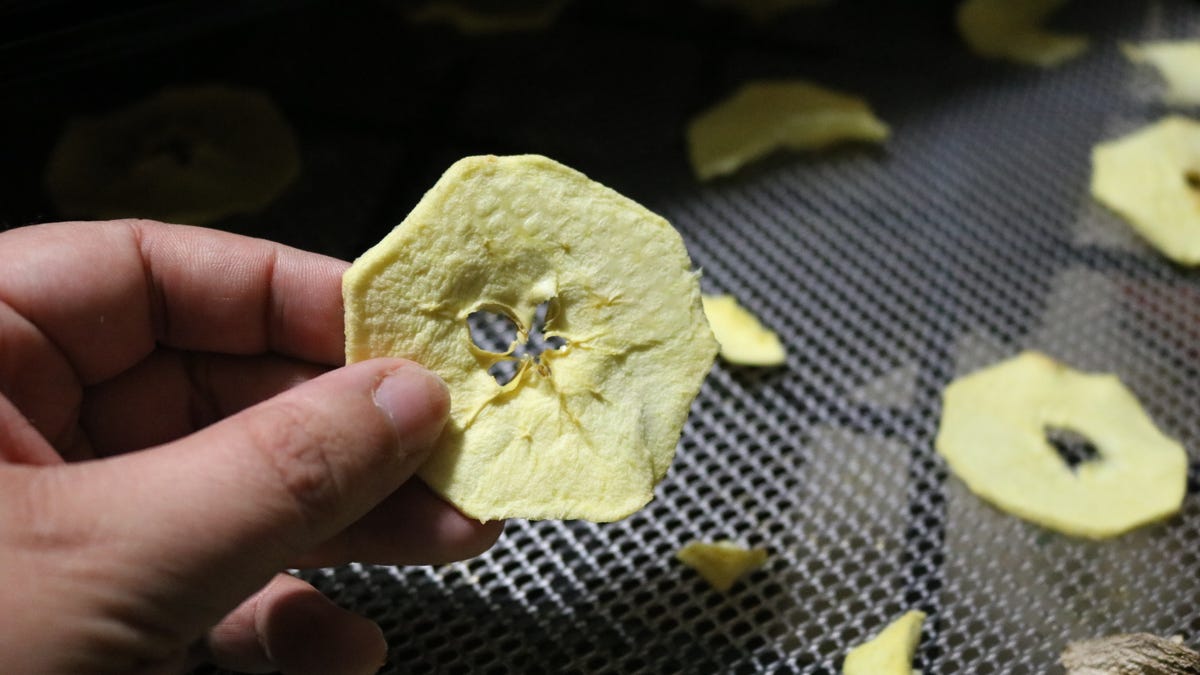How to rehydrate dehydrated foods for cooking
Breathe life into your dehydrated foods once again.

Let's plump it up!
Dehydration is a great way to preserve foods. They need to be rehydrated before using them in recipes since they can be overly chewy or can turn to powder, though. While rehydration is an extra step to the cooking process and can take a little time, it's simple and easy.
How much water to rehydrate?
Fill a bowl with cold water and add your dehydrated food. You will need twice as much water as the amount of food you are rehydrating. So, for example, if you are rehydrating 2 cups of dried peas, you would need 4 cups of cold water. Some foods need less water and some need more, but this is a good rule of thumb to remember. If the food soaks up all of the water and still seems hard or dry, add a little more water. Don't worry about adding too much water. Too much won't hurt anything.
Get the water temperature right
Some people recommend using warm water for rehydration, which is OK if you plan on cooking the food after the rehydration. If you are just adding the rehydrated food to a salad or other cold dish, then you will want to use cold water.
The reason for this is simple. Warm water breeds bacteria. The bacteria produced by warm water will be killed as long as you cook them at high enough temperatures, so aim for cooking temps over 140 Fahrenheit or 60 Celsius.
Soaking for success
Let the food soak for 20 minutes to 1.5 hours. The food should become plumper and swell to around four times its dehydrated size by the time it is done. Don't worry if the food is still wrinkled and a little shriveled. It will never look exactly the way it did before you dehydrated it.
Pro tip: If you're making soup, feel free to dump your dehydrated vegetables and meat directly into the soup stock. They will rehydrate while the soup cooks.

